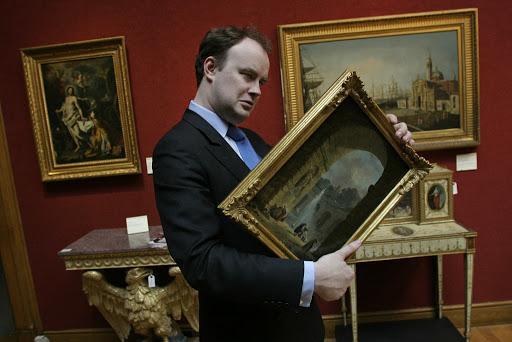THE EVALUATION OF ARTWORKS
Discover the triad of art evaluation
These tools are used, all or in part, by art historians, experts and other art professionals to carry out in-depth investigations of the works and minimize the risk of false or incorrect attribution, especially for works of ancient art and modern, often with a relevant economic values.
Here are the steps for evaluating the works of art in detail:
Connoisseurship
The Connoisseurship represents the first phase of artwork evaluation and is based on the observation, study and knowledge of the artist’s style and technique. The Connoisseurship has ancient origins: in fact, the figure of the “connoisseur”, an expert able to decipher the authorship, authenticity and value of a work of art, emerged in the seventeenth century in the environments of the great Italian and European collectors. This phase starts from the intuition and previous knowledge of the expert, which is followed by objective and comparative data. On a scientific level, Connoisseurship is the least precise method because it is based on subjective parameters, even if it is the most commonly used in the market. Even today, the figure of the “connoisseur” enjoys a strong influence in the art system not only as regards evaluation, but also on the critical and historiographic reflection, on the taste that directs the choices in the collections, on the criteria of set-ups, dynamics of market, on the conservation of the works.

Provenance
Provenance is a very complex phase because it involves an accurate historical and documentary investigation, which can sometimes last for a long period if based on few data. A work with a history of clear and traced origin is the one that brings with it the documentary evidence to testify the historian, the transfers of ownership, the authenticity, the purchase etc. Unfortunately, due to the difficult retrieval of information, it is not always easy to define the provenance of a work of art. To solve this type of problem, technologies such as Blockchain today offer tools and solutions such as Art Rights to support the world of art regarding provenance, historical tracking of works of art and their management, without excluding verification of authenticity. .
Expertise
Expertise is the last phase related to scientific and technical investigations to be carried out on the work. Specifically, this is a detailed appraisal, performed with effective diagnostic analyzes, often crucial in dating or for the authenticity of a work. Scientific analyzes have proven to be of great importance in the Knoedler scandal, a family-run gallery since 1864, where museums and collectors from all over the world acquired works with a millionaire value, which brought up a fraudulent turnover with fake works. The result of the expertise must however be supported by the two previous phases.





